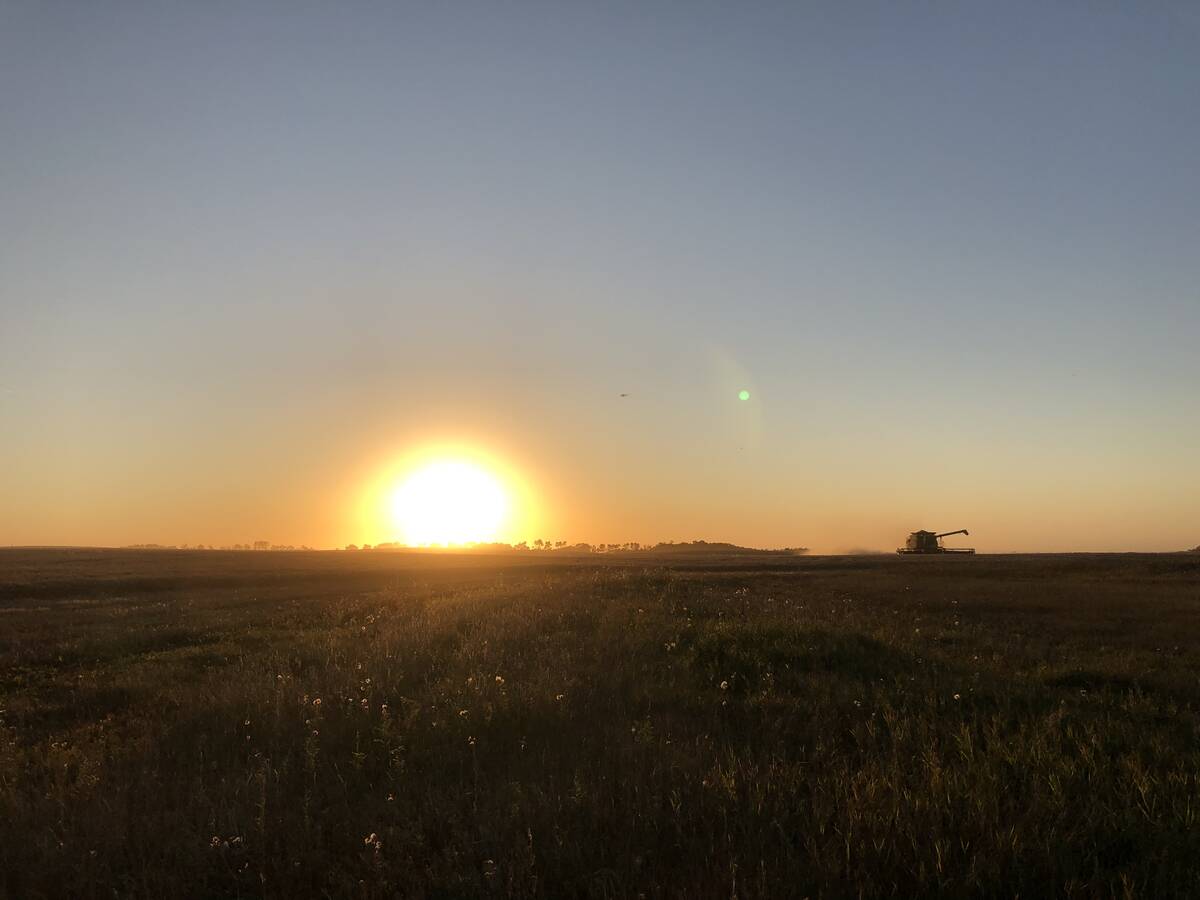Chicago | Reuters — U.S. live and feeder cattle futures each plummeted by their daily trading limits on Monday, declining in a technical selloff triggered in part by rising feed prices, traders and analysts said.
Losses in feeder cattle of roughly three per cent outpaced declines in the more actively traded live cattle futures at the Chicago Mercantile Exchange, with surging corn prices boosting costs for cattle fattening in feedlots. Feedlots typically are less willing to pay up for cattle when feed prices rise and squeeze profit margins.
Read Also

Record large Canadian wheat and canola crops: Statistics Canada
Canadian wheat and canola production in 2025/26 (Aug/Jul) surpassed early expectations to hit new record highs, according to updated survey-based estimates from Statistics Canada released Dec. 4.
“The dip is all about the grain prices,” said Tim Hackbarth, a cattle broker at the Zaner Group.
CME August live cattle settled down their daily trading limit of three cents to 114.350 cents/lb., and August feeder cattle fell their limit of 4.5 cents, to 141.05 cents/lb. (all figures US$).
Each contract declined to the lowest since May 26. Trading limits for Tuesday will be expanded to 4.5 cents in live cattle and 6.75 cents in feeder cattle, the CME Group said on its website.
Hackbarth added that cheaper competing proteins continued to erode consumer demand for beef. U.S. Department of Agriculture data released after the close of trading showed slightly lower wholesale beef prices and gains in wholesale pork.
“Demand has a big question mark,” he said. “Chicken and pork are on the cheap.”
Lean hogs were mostly higher as investors continued to roll positions out of front-month June into deferred positions. Prices gained on speculative buying tied to optimism of further U.S. export sales of pork to China, where retail prices for the staple meat were record high.
Most-active August hogs settled up 1.2 cents at 87.825 cents/lb., just below their lifetime peak of 88 cents reached earlier in the session.
— Michael Hirtzer reports on agriculture and ag commodity markets for Reuters from Chicago.
















